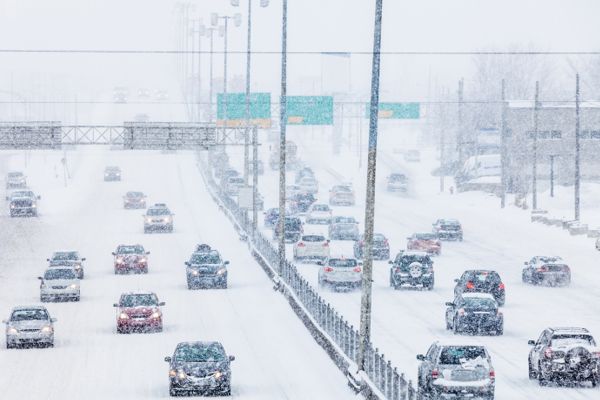12 Tips for Winter Driving P2

Driving requires all the care and caution possible any time of year. But winter driving has even greater challenges because of wet and icy road surfaces, longer hours of darkness and poor visibility because of snow, rain and fog.
Today well look at the last of the12 tips to help you drive more safely this winter.
7. Drive appropriately for the road conditions. The posted speed limit may be too fast under winter conditions. Driving on a wet road can cause hydroplaning as a thin barrier of water builds up between your tires and the road surface, causing your vehicle to slip. If you begin to lose control of your steering, take your foot off the gas.
8. Stay with your vehicle if it breaks down. Put on your emergency flashers and wait for assistance. Carry a sign for your window, asking other motorists to tell the police you need help.
9. Wait out bad weather. Strong icy winds in combination with snow or dust can make it impossible to see where you are driving - or walking. Under these conditions it is usually safest to stay with your vehicle and wait out the storm.
10. Plan your moves carefully. In slippery conditions, never jam on your brakes in a panic stop, you will most likely skid and lose control of the vehicle. Instead, pump your brakes gently a few times.
11. Avoid driving through deep puddles, especially at high speeds. The water can make your brakes less effective and, if deep enough, can cause serious engine damage. If you must drive through water and you are not sure about the depth, slow right down and cautiously inch forward until you are certain it is safe.
12. Quit driving when you begin to feel sleepy. If you have a long distance to drive, take frequent short breaks for fresh air and a walk around the vehicle.
It should also be mentioned to clean the snow from your entire car. Snow can blow off and blind other drivers or slide down over your windshield when stopping.
